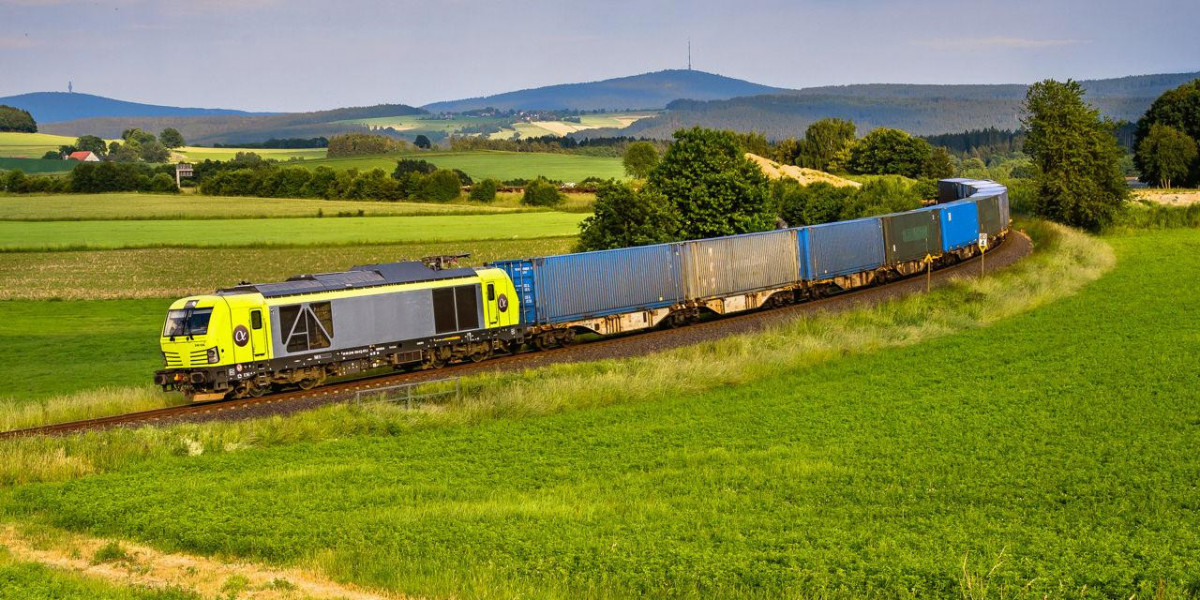Introduction
The global rolling stock market is undergoing a major transformation, driven by rapid advances in digitalization and automation. As rail operators seek greater efficiency, safety, and sustainability, integrating cutting-edge technologies has become essential. From smart trains to predictive maintenance and autonomous operations, the future of rail transportation is being reshaped by digital innovation.
Digitalization: Paving the Way for Smarter Rail Systems
Digitalization in the rolling stock market refers to the integration of digital technologies such as IoT, AI, cloud computing, and big data analytics into rail operations. These technologies are enabling real-time data collection, analysis, and decision-making, revolutionizing how trains are managed and maintained.
Key Digital Innovations:
Condition Monitoring Systems: Real-time tracking of train components helps detect issues before they become critical.
Digital Twins: Virtual models of trains and infrastructure allow operators to simulate scenarios and optimize performance.
Smart Ticketing and Passenger Interfaces: Enhancing customer experience through mobile ticketing, onboard infotainment, and personalized services.
Fleet Management Software: Centralized platforms for scheduling, resource allocation, and energy efficiency.
Automation: Redefining Train Operations
Automation is becoming a game-changer in the rolling stock market, improving operational precision, reducing human error, and optimizing energy use. It ranges from semi-automated functions to full-scale driverless train systems.
Automation Levels in Rolling Stock:
Semi-Automated Trains (ATO Levels 1–2): Supportive systems that assist human drivers in operations like speed regulation and braking.
Fully Automated Systems (ATO Levels 3–4): Common in metros and light rail, especially in cities like Dubai, Singapore, and Paris.
Automated Freight Solutions: Enhancing the efficiency of freight logistics through smart routing, loading, and real-time tracking.
Benefits of Digitalization and Automation in Rolling Stock
Enhanced Safety: Automation reduces the chances of human error, and digital monitoring ensures timely maintenance.
Operational Efficiency: Automated scheduling and diagnostics lead to fewer delays and optimized train performance.
Cost Reduction: Predictive maintenance lowers repair costs and downtime.
Sustainability: Smart energy management systems reduce carbon emissions and improve fuel efficiency.
Regional Momentum and Leading Markets
Asia-Pacific
Countries like China, Japan, and India are investing heavily in smart rail projects, including digital signaling and automated metros.
Europe
The EU’s commitment to digital rail under the Shift2Rail initiative is promoting automation and data-driven innovations across the continent.
North America
Automation in freight rail is gaining traction, with companies adopting predictive analytics and smart sensors to modernize operations.
Challenges in Implementation
Despite the benefits, digitalization and automation face several hurdles:
High Capital Investment: Upgrading legacy systems is costly and time-intensive.
Cybersecurity Risks: Increased connectivity exposes rail systems to digital threats.
Workforce Adaptation: Transitioning requires training and restructuring for rail employees.
Regulatory Frameworks: Varying standards across countries can delay implementation.
Conclusion
The rolling stock market is in the midst of a significant shift, driven by digitalization and automation. These technologies are redefining rail transportation, making it safer, more efficient, and future-ready. As the rail industry continues to evolve, companies that embrace digital transformation will lead the charge toward smarter, more sustainable mobility solutions.








